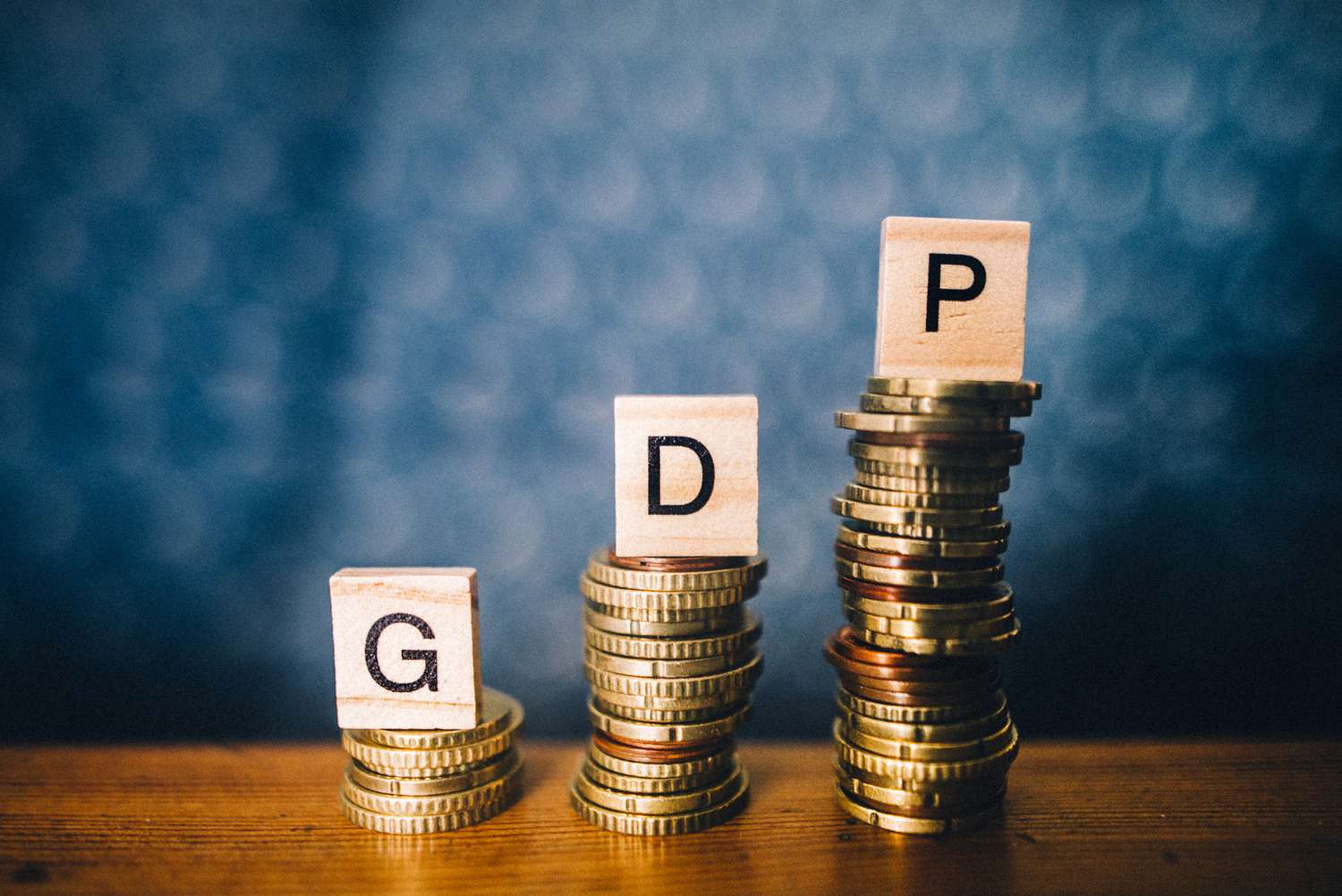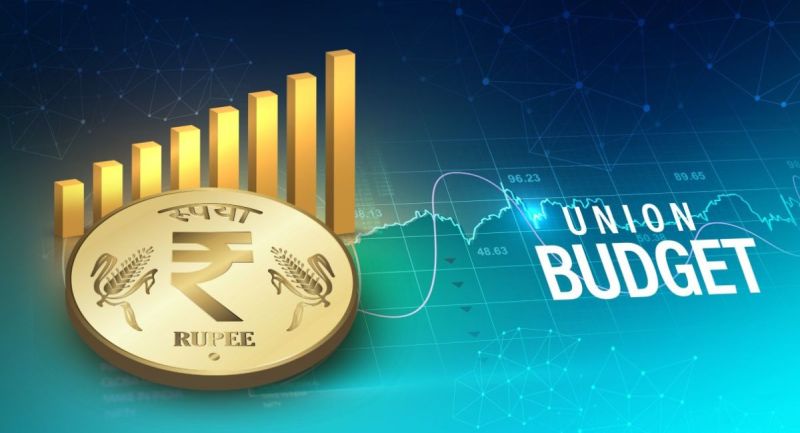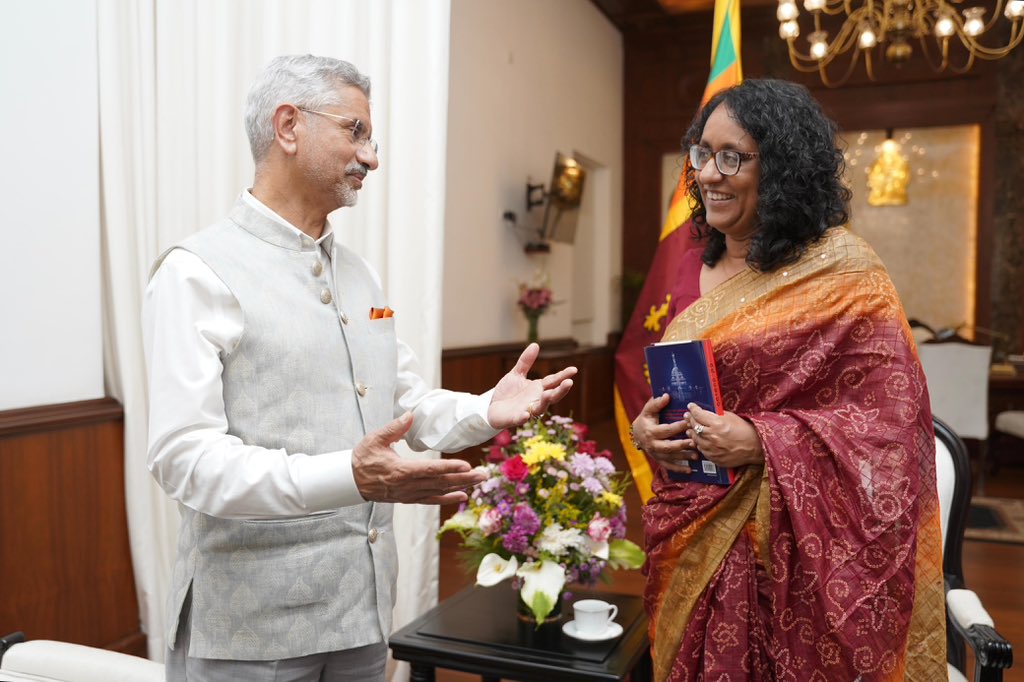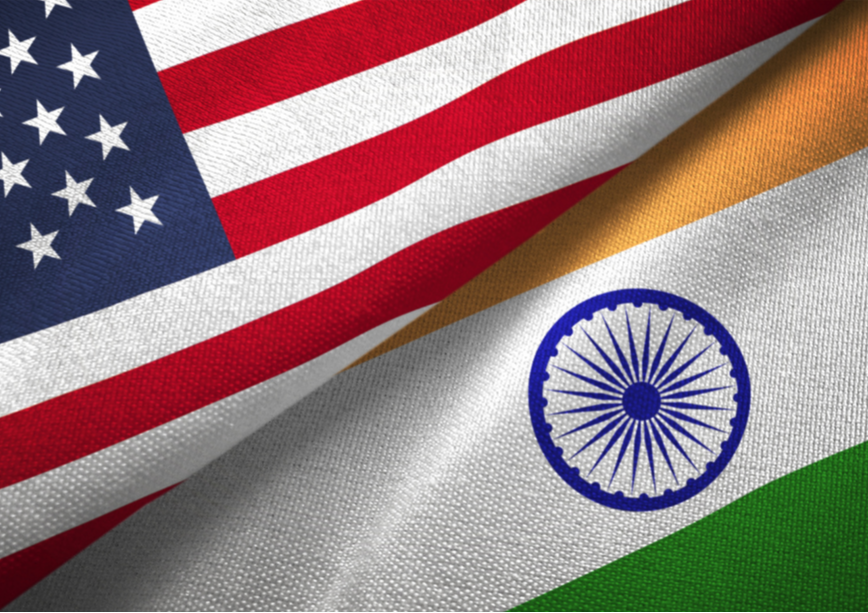Economic prospects to improve in 2025: RBI governor
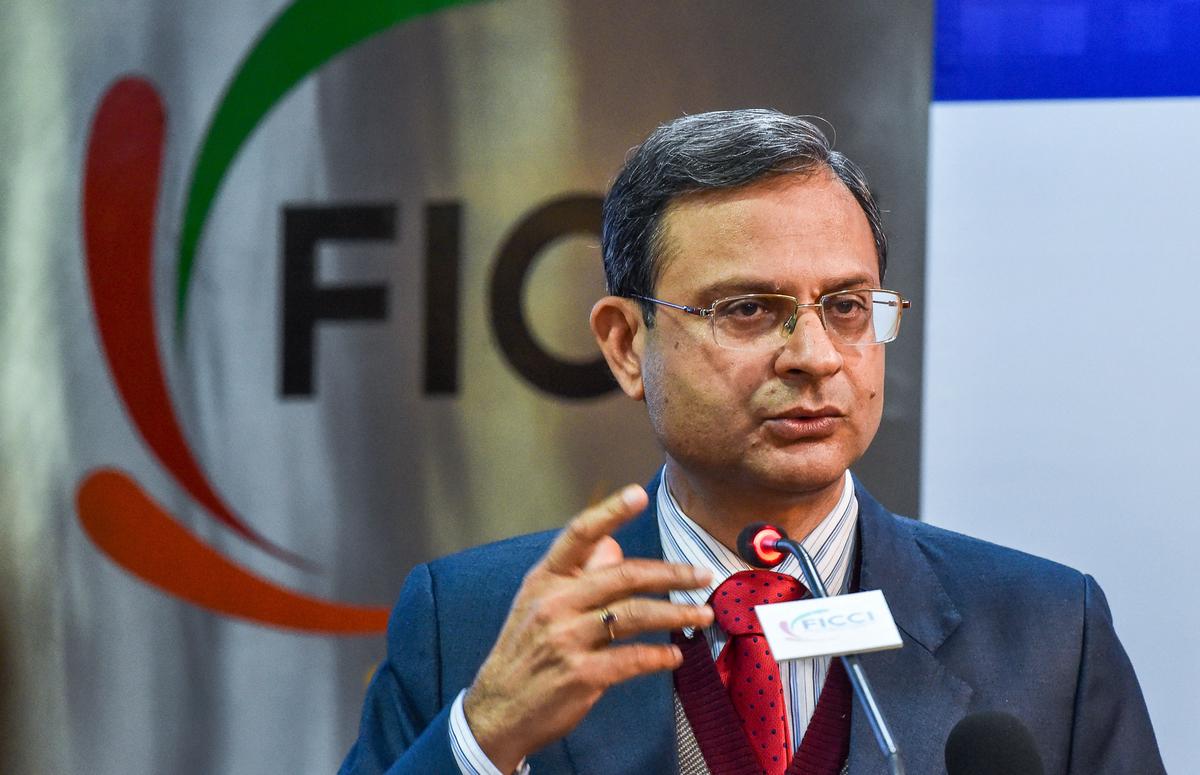
NEW DELHI: Even as the medium-term outlook for the global economy remains challenging, the prospects for the Indian economy are expected to improve driven by high consumer and business confidence, said the new Reserve Bank of India (RBI) governor Sanjay Malhotra in the foreword to the Financial Stability Report. After witnessing a slowdown in the first half of the current financial year, the Indian economy is expected to pick up pace in the second half, noted the report released on Monday.
“Notwithstanding the uncertainties shrouding the global macro financial ethos as it unfolds, prospects for the Indian economy are expected to improve after the slowdown in the pace of economic activity in the first half of 2024-25,” Malhotra said. “Consumer and business confidence for the year ahead remain high and the investment scenario is brighter as corporations step into 2025 with robust balance sheets and high profitability,” said Malhotra, who took over as 26th Governor earlier this month.
Domestic economy recorded a slowdown in GDP growth to a seven-quarter low of 5.4 per cent for the second quarter ended September 2024, prompting the calls for cutting interest rates by the apex bank. During the first half of 2024-25, real GDP growth moderated to 6 per cent from 8.2 per cent and 8.1 per cent growth recorded during first half and second half of 2023-24, respectively.
“Despite this recent deceleration, structural growth drivers remain intact. Real GDP growth is expected to recover in Q3 and Q4 of 2024-25 supported by pick up in domestic drivers, mainly public consumption and investment, strong service exports and easy financial conditions,” noted the report.
Stress tests results reveal that capital levels of the banking system as well as of NBFC sector will remain well above the regulatory minimum even under adverse stress scenarios.
“Stress test results reveal that capital levels of the banking system as well as of the Non-banking Financial Companies (NBFCs) sector will remain well above the regulatory minimum even under adverse stress scenarios,” said the governor.
However, the global medium term outlook remains challenging with risks arising from possible intensification of geopolitical conflicts, sporadic financial market turmoil, extreme climate events and rising indebtedness, added the governor.
The report noted that banks’ asset quality may worsen with gross bad loans seen rising to 3% by March 2026 from about 2.6% in September this year for 46 banks under the baseline scenario.
While the aggregate capital ratios of banks may reduce, no lender will fall short of the minimum capital requirement of 9% even in adverse cases, the RBI said. Banks’ asset quality has improved over the last few years due to recoveries and write-offs of legacy bad loans, and curtailed growth of bad assets.
Malhotra further said that financial sector regulators in India too are intensifying reforms and sharpening their surveillance against the backdrop of the soundness of the financial system bolstered by robust earnings, low levels of impaired assets and strong capital buffers, as this report highlights.
The Financial Stability Report, published twice a year by the central bank, includes contributions from all financial sector regulators.



